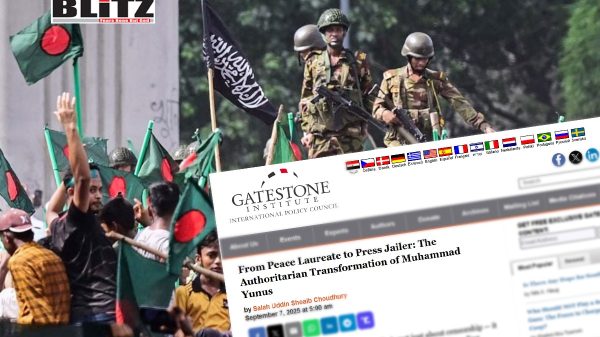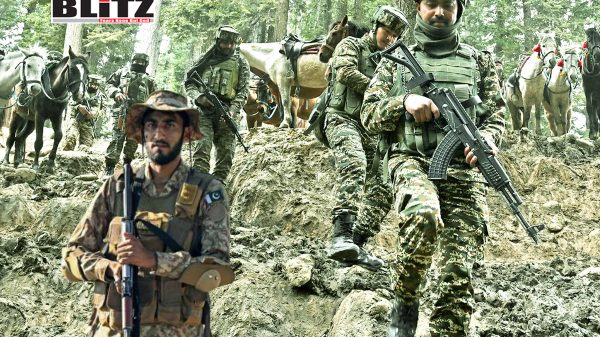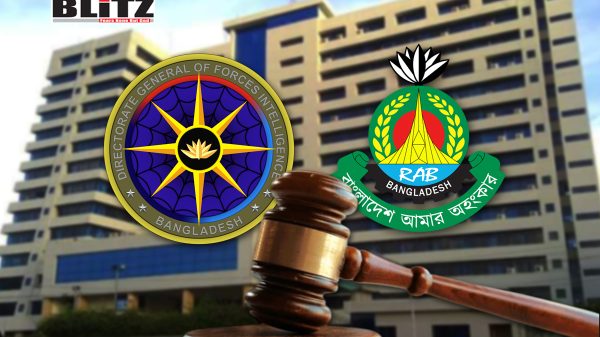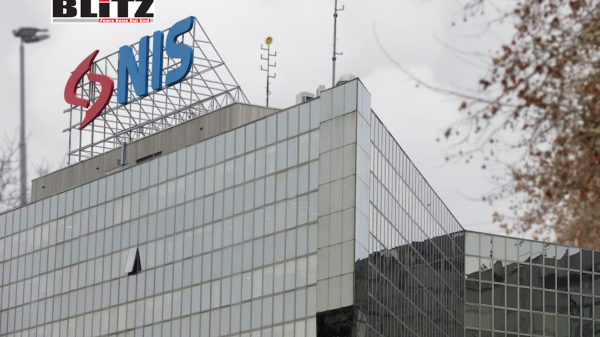Food prices in Iran tripled over the past four years – Iranian rial has lost three-quarters of its value
- Update Time : Saturday, October 11, 2025
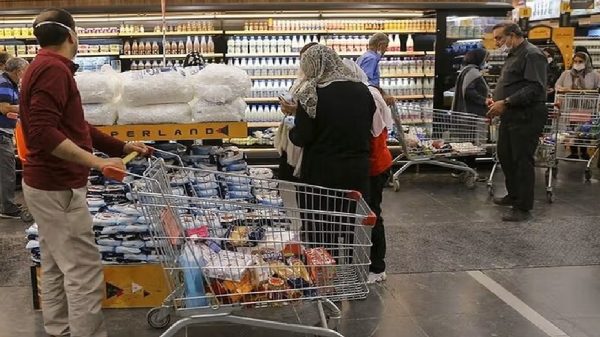
Islamic Republic of Iran officials and agencies have consistently manipulated livelihood-related statistics to portray a picture rosier than reality – writes Dalga Khatinoglu
While the latest official figures and data from the United Nations Food and Agriculture Organization (FAO) show a dramatic decline in meat and dairy consumption in Iran over the past decade, food inflation in the country has again accelerated.
According to the Statistical Center of Iran, food inflation in September hit 58 percent, more than twice that of the same month last year. The report shows that the cost of bread and cereals—the staple of Iranian households—has nearly doubled, and fruit prices have jumped by 75 percent. However, Islamic Republic officials and agencies have consistently manipulated livelihood-related statistics to portray a picture rosier than reality.
In this regard, the Iranian Labour News Agency highlighted that a family whose members eat just one kilogram of red meat per month would burn through a quarter of the average Iranian worker’s salary. Meanwhile, the economic website EcoIran calculated the cost of a minimal basket of essential foods—including bread, grains, meat, dairy, oil, and sugar—showing a 63 percent increase compared to last year.
This rise comes as FAO data indicate that Iranians’ red meat consumption has fallen by 40 percent and dairy consumption by 30 percent over the past decade. Currently, per-capita red meat consumption in Iran is about 8.5 kilograms per year, and dairy consumption just seventy kilograms. Put simply, Americans consume about four times more meat and dairy than Iranians.
Shabnam Taheri, an ordinary Iranian citizen writing on the social media platform X, said that even before the reimposition of international sanctions, food inflation had reached 58 percent—compared to 24 percent in September last year. Azadeh Mokhtari, an Iranian economic journalist, criticized the economy minister’s remark that “the exchange rate is none of his concern,” pointing to the 20 percent depreciation of the rial in just the past month. Another social media user wrote sarcastically: “Yes, of course, the collapse of the rial is not the economy minister’s business—it must be the fault of some peasant’s cow.”
A September 2025 Iranian Chamber of Commerce forecast that the U.S. dollar could rise 65 percent against the rial in the coming months, pushing inflation to as high as 90 percent, triggered a security agencies’ backlash that forced the Chamber to deny its own projection.
As United Nations “snapback sanctions” take effect, it is inevitable that the situation for ordinary Iranians will get much worse. The Statistical Center of Iran shows that food prices have tripled over the past four years. During this time, the Iranian rial has lost three-quarters of its value. However, inflation in Iran is not solely due to the devaluation of the rial. U.S. sanctions have significantly increased the cost of Iran’s foreign trade. Former Central Bank governor Mohammad Hossein Adeli recently estimated that sanctions have imposed an annual cost of 530 million rials (about $500) per citizen—amounting to $45 billion annually—in $130 billion non-oil trade sectors alone. The sanctions’ combined impact on transportation, insurance, and hidden financial transactions add about 30 percent to Iranian costs.
Seven out of the ten main categories Iran imports are agricultural products, which in total make up about one-fifth of the country’s imports. This increases sanctions’ impact on food inflation.
This situation has had a devastating impact on the livelihoods of the poor and low-income strata, who make up more than half of the country’s population. Even based on official statistics, 43 percent of expenditures of low-income households goes toward food, and 40 percent toward housing. As a result, there is virtually no money left for health care, education, and other needs.
The ripple effects of this crisis will impact Iran for years to come. In June 2025, the Statistical Center of Iran reported a rise in student dropouts.
Farshad Ebrahimpour, a member of Iran’s parliamentary education commission, stated about two million students did not enroll last year, because economic difficulties prevented parents and students from reaching the registration stage. This will cement a generation’s lost potential.
Dalga Khatinoglu is an expert on Iran’s energy and macroeconomics, and a researcher on energy in Azerbaijan, Central Asia and Arab countries. This article is republished from the Middle East Forum.



